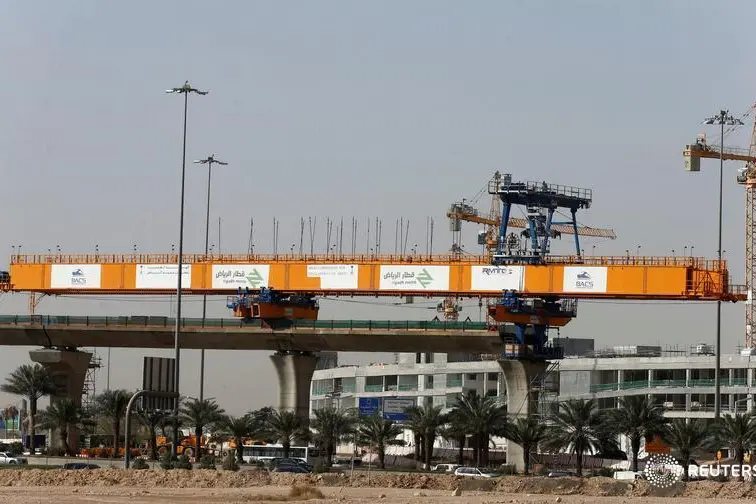PHOTO
RIYADH: Saudi Arabia's Ministry of Transport announced on Sunday that it will implement eight road safety projects at a total cost of SR773 million.
The eight projects will improve the safety of the Kingdom’s road system, which covers more than 68,000 kilometers, said a press release.
The eight projects include the establishment of the National Road Safety Center, three “traffic safety equipment” projects, three “rumble strip” projects to alert motorists to changing road conditions, and the implementation of recommendations from last year’s Engineering and Consultancy Services Agreement, which identified a number of issues with the country’s road network, including accident black spots; reviewed the ministry’s traffic control centers; analyzed accident reports; and modernized the ministry’s safety department documentation and policies.
According to the press release, it will implement a further 15 projects over the next three years, all aimed at reducing the number of accidents and casualties on the Kingdom’s roads. It is estimated that traffic accidents cause material losses of SR4.4 billion every year. Later projects will include improved safety facilities at animal crossings, the installation of protective barriers for lampposts on some roads, improved intersections and junctions, and improved street lighting around dangerous intersections.
The total cost for all 23 projects will be around SR2.2 billion. They are part of the transport ministry’s contribution to the objectives of Saudi Vision 2030.
RPTN Project
In a plan to tackle Riyadh’s traffic problems, the new Riyadh Metro will carry at least 1.16 million passengers daily, while Riyadh Bus Network will carry about 900,000 passengers every day to feed the metro trains.
They are part of the ambitious Riyadh Public Transit Network Project.
“The system aims to carry 1.16 million passengers per day during its initial phase, with a peak of 3.6 million per day in ultimate capacity,” said Tariq Al-Faris, the chief executive officer of Riyadh Development Authority (RDA). He said the railway and bus networks will address the traffic problems of Riyadh, which has a population of 6.5 million people today.
“Its streets currently witness more than 9 million car trips per day, raising problems of congestion, pollution and reduced mobility that threaten to choke economic growth in Riyadh, making the development of a comprehensive public transportation system paramount,” said Al-Faris. He said that the metro network, with its six lines totaling 176 km and 85 metro stations, will cover most of the densely populated areas and public facilities, as well as governmental, educational, commercial and medical institutions.
Referring to the trains’ passenger capacity, he said the “Riyadh Metro trainset will be 36 meters long and will be able to accommodate up to 260 passengers. The metro trains will be driverless and designed to run on standard gauge tracks, at a top speed of 90 kilometers per hour.” The Riyadh Metro project will have 190 trainsets, and the network is designed to accommodate up to 338 trains when needed, he noted.
Similarly, metro stations are designed according to a unified architectural pattern, giving the project a unique look and feel, said a booklet released by the RDA. Intended to provide passengers with safety and comfort, all stations will be air-conditioned, equipped with passenger information systems and free Internet access. Stations will make use of solar cells technology, to save about 20 percent of the power required for air-conditioning and lighting.
The statement said that to encourage people to use the network, a total of 25 park-and-ride facilities are being built along the lines. “A total of 80 bus routes, which will be feeder routes for Riyadh Metro, will cover the capital city,” said the statement, referring to the building of 3,000 bus terminals and stations. The bus fleet will be made up of 842 vehicles in total.
Copyright: Arab News © 2018 All rights reserved. Provided by SyndiGate Media Inc. ( www.Syndigate.info ).
Disclaimer: The content of this article is syndicated or provided to this website from an external third party provider. We are not responsible for, and do not control, such external websites, entities, applications or media publishers. The body of the text is provided on an “as is” and “as available” basis and has not been edited in any way. Neither we nor our affiliates guarantee the accuracy of or endorse the views or opinions expressed in this article. Read our full disclaimer policy here.












